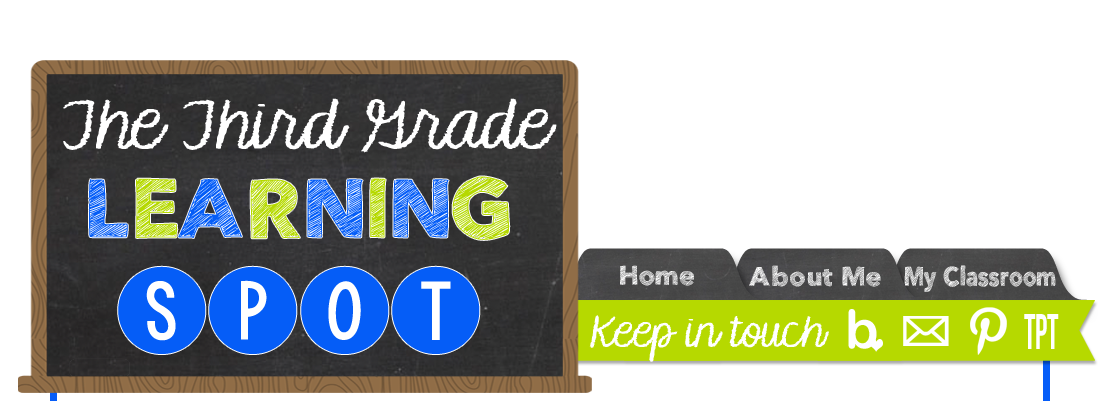Welcome to a new school year! We've only been in school a few days but have had lots of opportunities for for fun, hands-on learning. Here's some highlights of what we've been doing.
The 1st day of school classmates shared how they were feeling and discussed what having the jitters means. After reading First Day Jitters and the poem "Jitter Juice" the students drank some jitter juice (Ms. Glashow's secret recipe) while writing about a time they had the jitters.
We began our poetry unit in writing by creating autobiographical poems about ourselves, which were mounted on paper plate bodies we colored to look like ourselves. They're displayed on the bulletin board outside our classroom.

Science started off by learning about how scientists use the scientific method to ask questions, test hypotheses, and use data observed/collected to reach conclusions. Small groups of students used the scientific method to save Fred, a candy gummy worm whose plastic cup boat capsized with his candy gummy life preserver trapped underneath. Using teamwork and paper clips they determined how to save Fred, then recorded their hypothesis, experiment steps, and conclusion on a recording sheet. And ate the leftover candy of course!
This week we've begun our study of the human body and its organs and body systems. A volunteer wore a body apron and students placed organs in their correct locations on it and explained their jobs.
We've been reviewing math skills such as place value, adding, and subtracting in a variety of ways. After learning how to write numbers in standard and expanded form small groups rolled a dice and wrote the numbers they landed on these ways as well as identifying which numbers were in the hundreds, tens, and ones place.
Students demonstrated their understanding of the
commutative property of addition by creating flipflops showing examples of this property next to the poem "Flip Flop: Commutative Property of Addition". Our addition and subtraction test will be next Tuesday.

Our 1st social studies unit is map skills. Students created paper plate globes to demonstrate their knowledge of the names and location of continents/oceans, played an online map game by dragging continent and ocean names to their locations, and created map term flip books and mini booklets. Our map skills test will be this coming Monday.
Looking forward to a great school year!
Ms. Glashow
aka





















































